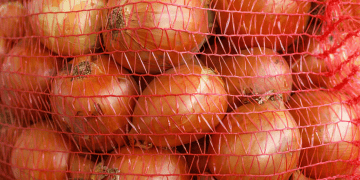The Department of Agriculture has approved the import of 3,000 metric tons of red onions and 1,000 metric tons of white onions, set to arrive in the next two weeks. This decision has sparked feedback from different groups within the farming community.
Former Agriculture Secretary Leonardo Q. Montemayor criticized the timing of the imports, saying it was poorly planned since onions are being harvested in key areas like Bayambang in Pangasinan and San Jose in Occidental Mindoro. He worries that bringing in imported onions now could lower the prices that farmers get for their crops, making it harder for them since they are already facing higher costs and pest problems.
The Samahang Industriya ng Agrikultura (SINAG) also raised concerns. Their Executive Director, Jayson Cainglet, questioned why onions need to be imported while local harvests are underway, especially since late planting due to Typhoon Pepito has only shifted the harvest schedule by a couple of months. He pointed out that traders and retailers still have plenty of onions in stock and questioned the rush to import more.
In defense of the imports, Agriculture Secretary Francisco Tiu Laurel Jr. explained that the goal is to prevent a big jump in onion prices, which have reportedly reached P200 per kilogram. He noted that the imported onions are expected to be available by February 20.
Farmers from Nueva Ecija have reported that traders are no longer buying local onions, anticipating the arrival of imports. Victor Danipog, an onion farmer in the area, shared that while local onions currently sell for P70 per kilogram, a significant drop in price to P25 could leave farmers struggling to cover their costs.
The Kilusang Magbubukid ng Pilipinas (KMP) criticized the decision to import onions, arguing it could hurt farmers’ incomes while benefiting a few importers. KMP Chairperson Danilo Ramos pointed out that relying on imports hasn’t reliably kept prices stable in the past, and instead called for support for local production through options like better storage facilities and direct sales for farmers.
As the situation unfolds, various groups are still discussing how to best support local farmers while also considering consumer needs.
Breaking supply chain news is just a click away at The Supply Chain Report. Enhance your knowledge of international trade at ADAMftd.com with free tools.
#OnionImportPolicy #LocalFarmersImpact #AgriculturePH #OnionPriceCrisis #FarmersVsImports #SupportLocalHarvest #OnionSupplyIssues #AgricultureDebatePH #FoodSecurityPH #OnionMarketPH

















